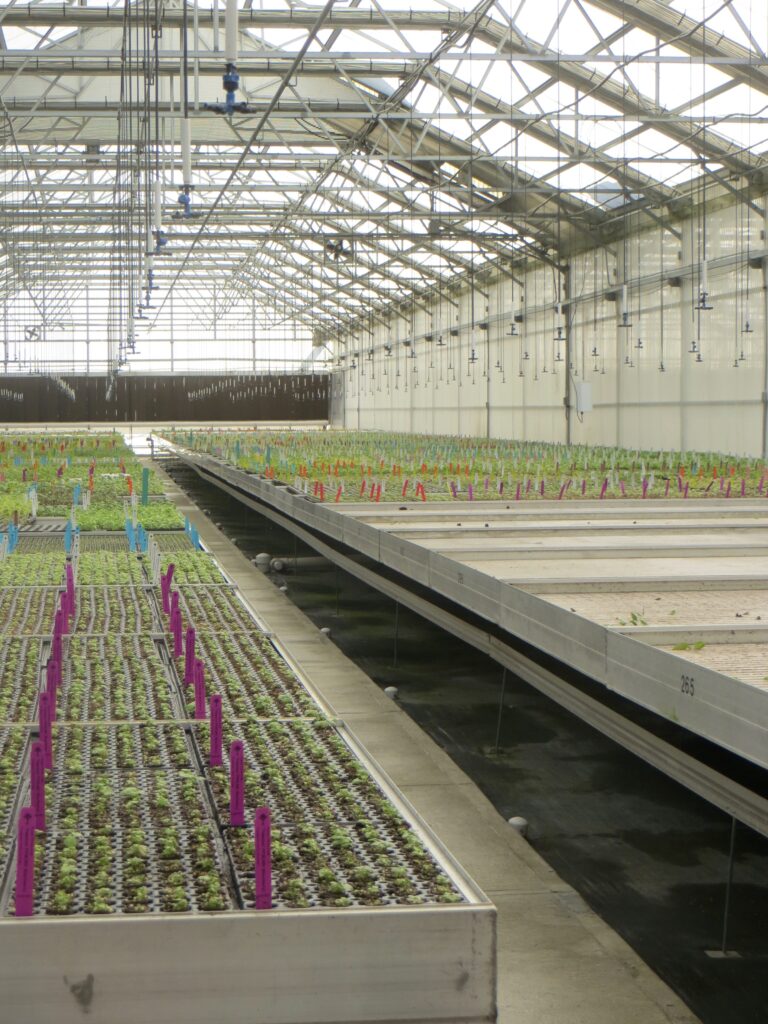Controlled Environment Agriculture (CEA)
Controlled Environment Agriculture (CEA) is a low to high-tech farming method where environmental conditions such as light, temperature, humidity, airflow, and carbon dioxide levels are actively managed within closed or semi-closed production facilities to maximize crop yield and quality and reduce resource utilization. CEA facilities include:
- Low and high tunnels (hoop houses)
- Low and high-tech greenhouses
- Vertical farms/plant factories
These facilities are designed to decrease land use, promote agricultural diversification, and allow for lengthened or year-round cultivation of crops resulting in a more stable and sustainable food supply that is resilient to climate change. Some systems like high tunnels and shade structures rely on sunlight only, while others like greenhouses may use supplemental lighting, while indoor systems like vertical farms are driven fully by artificial lighting, most commonly LED systems.

Resources
Controlled Environment Agriculture (CEA)
Our publications focus on practical applications of CEA technologies in Georgia, from high tunnel tomato production to season extension using shade cloth, while highlighting emerging opportunities in vertical farming and greenhouse operations.

